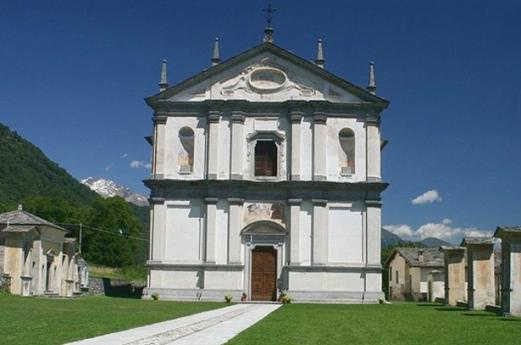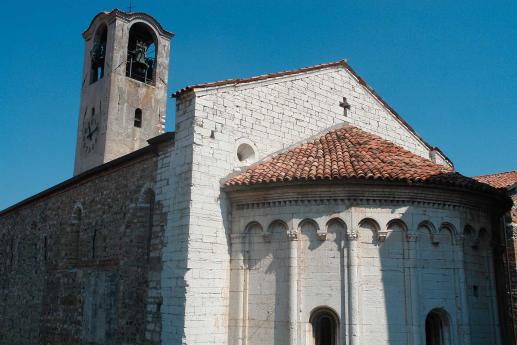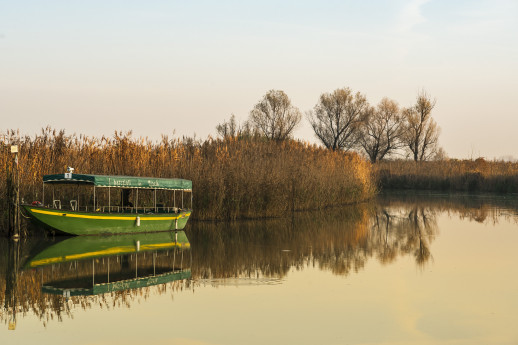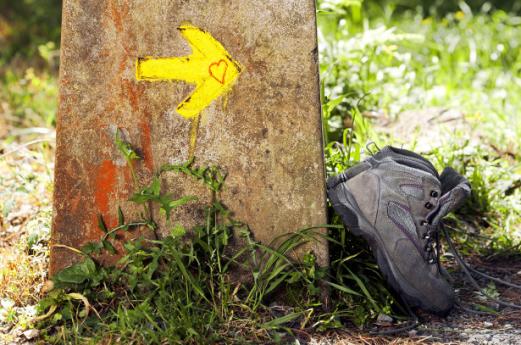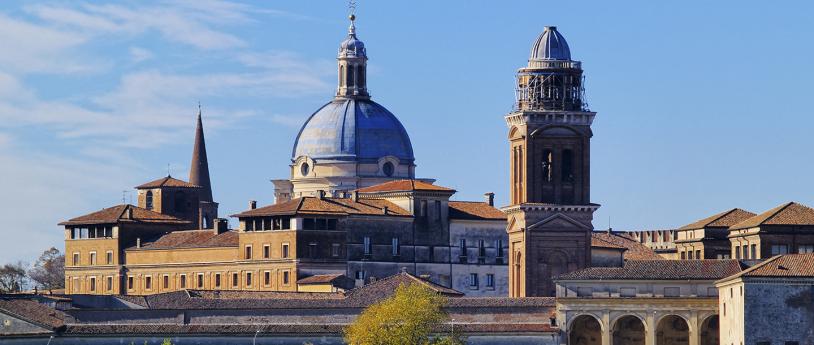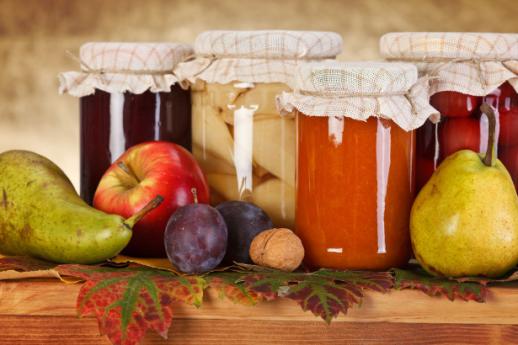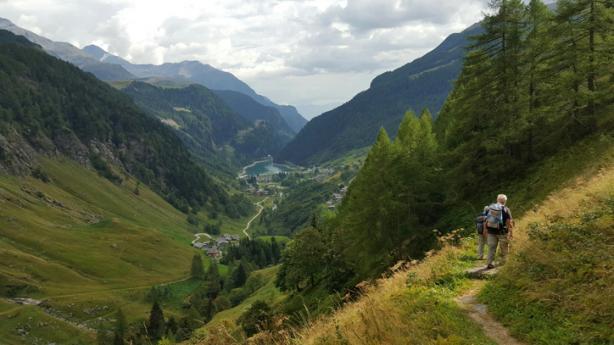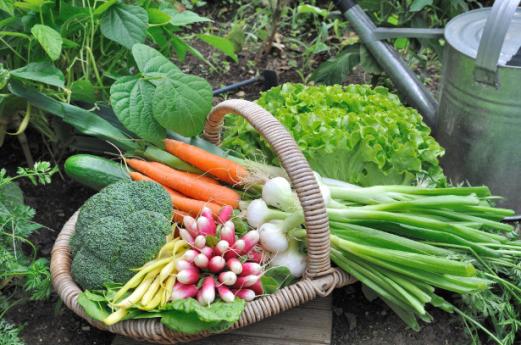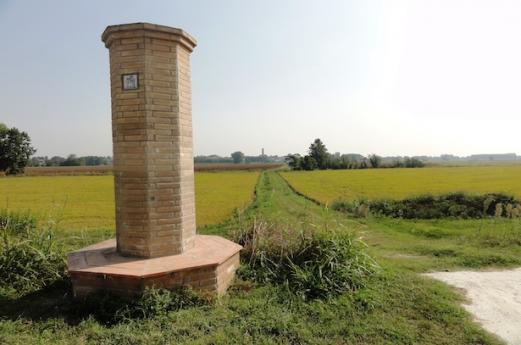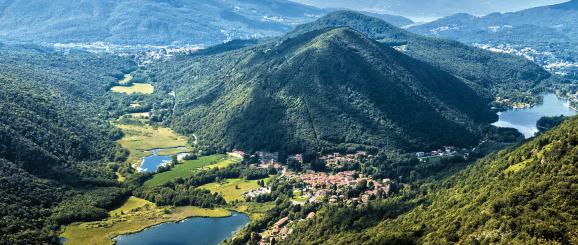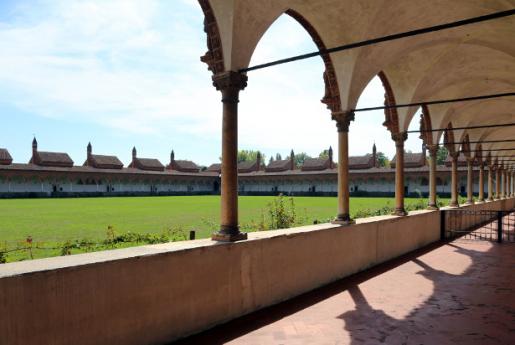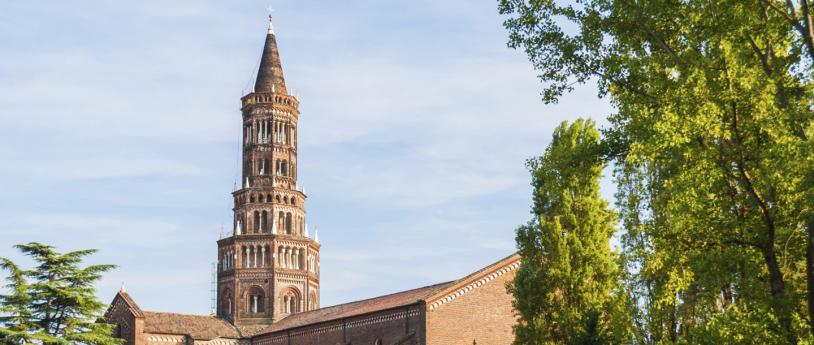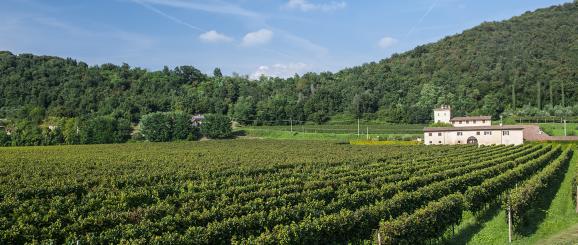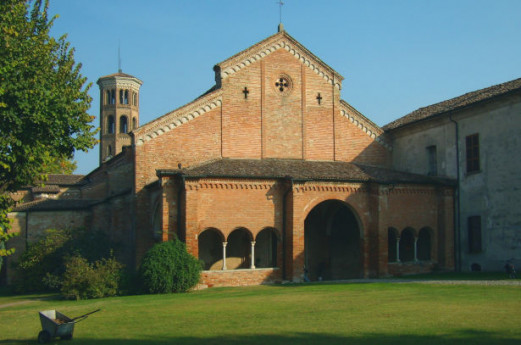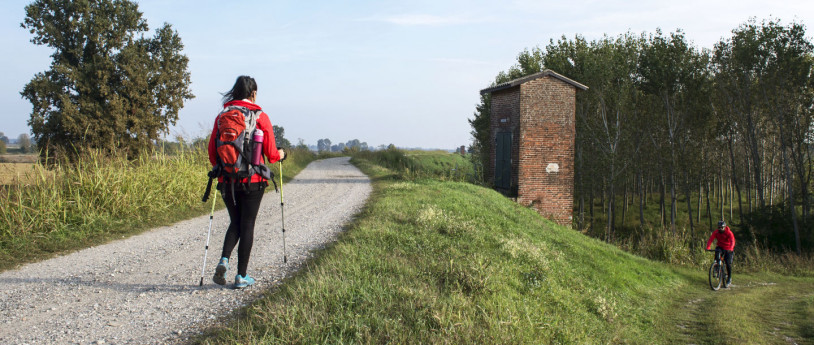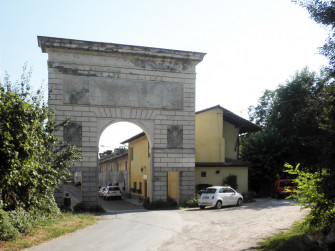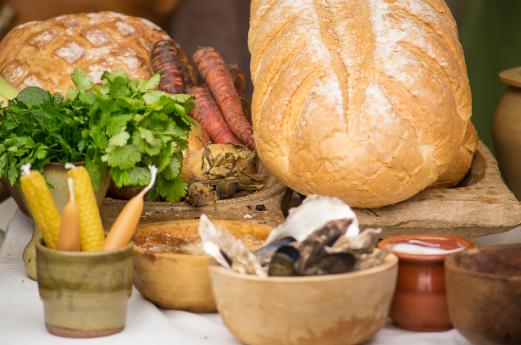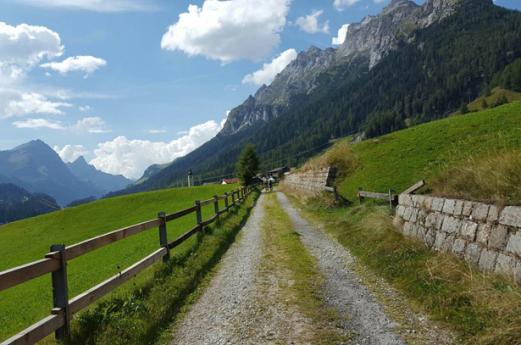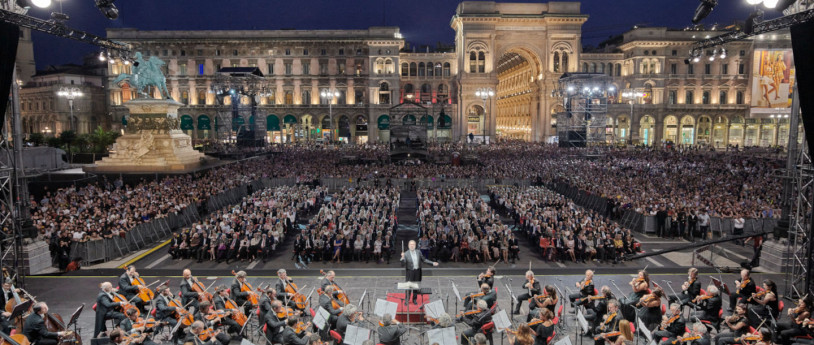- Religious Tourism
- Art & Culture
- Active & Green
Corte Sant'Andrea and the Via Francigena
Discover the landscape, gastronomy and cultural heritage that surround the Lodi stretch of the Via Francigena, connecting Corte Sant'Andrea to Orio Litta.
A popular route for tourists and pilgrims alike, the Via Francigena attracts numerous visitors from all over the world. In Corte Sant’Andrea, a hamlet of Senna Lodigiana, lies the ancient ford used by pilgrims travelling from Lombardy to Rome. We have put together an in-depth analysis of the history and traditions of this pilgrimage route.
The Via Francigena and UNESCO
The Via Francigena is a well-travelled pilgrimage route connecting Italy, Switzerland, France and England. This sacred road, which rivals the famous Camino de Santiago, is a testament to the journey taken by Sigeric, the Archbishop of Canterbury, on his way to Rome in 990. Seven of the Italian regions traversed by the Via Francigena have therefore applied to have this important route listed as a UNESCO World Heritage Site. Deeply rooted in history, these fascinating places are well worth a visit.
Music, art and food along the Via Francigena
To celebrate the landscape, gastronomy and cultural heritage that surround the Lodi stretch of the Via Francigena, the Compagnia di Sigerico Laudense has created a unique event: the Pilgrim Festival (Ultreya!). In recent years, the initiative has been held in mid-September between Corte Sant'Andrea and Orio Litta, combining moments of prayer with art exhibitions, concerts (usually at the Grangia Benedettina) and tasting of typical Lodi cuisine.
What does Ultreya mean?
Derived from Latin, the world Ultreya literally means "onward". This historic term of encouragement is still used by pilgrims, and is answered with the expression "Et suseia" ("let's go higher"). Some historians, however, believe this word is an alternative form of "Alleluia", used to express the joy of having reached their goal.
Discover Corte Sant’Andrea
The hamlet of Corte Sant'Andrea, the location of the event, has plenty of nooks and crannies to explore. This small settlement, protected from the Po by a high embankment, was recognised by the Archbishop of Canterbury as an important river crossing. After passing through the entrance arch, you will find a long row of houses and shops leading towards the river, the Church of Sant'Andrea on the main square, and several charming courtyards. Corte Sant'Andrea is a well-known stop for pilgrims making their way between Lombardy and Emilia-Romagna. In fact, travellers can still use its ford—sometimes called the Sigeric Ford—to cross the Po River, giving them access to the Piacenza section of the Via Francigena.
For more information, see www.compagniadisigericolaudense.it
